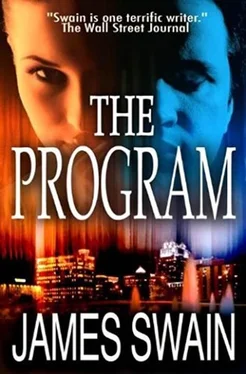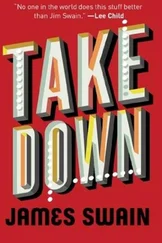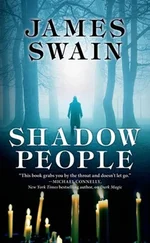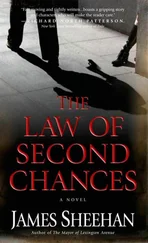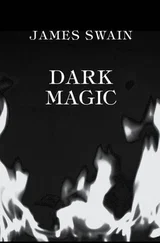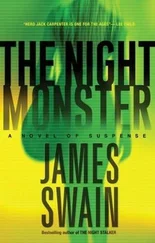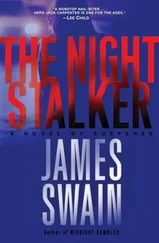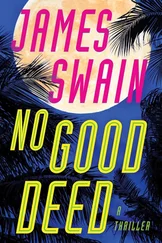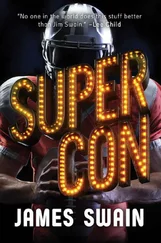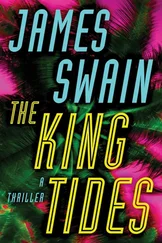“I want to put the screws to Crutch, and scare him into telling me what Mr. Clean does for a living, and also what happened to my daughter. That’s where you come in.
“The twenty-four killings are over a decade old. At the time, the police didn’t know they were linked, or that a serial killer was involved. I’m guessing that a lot of DNA evidence has been lost since those crimes were committed. We’re going to need to dig deep to find what we’re looking for. Any questions?”
The five agents at the table exchanged glances. Something was obviously bothering them. The Latino agent raised her hand. She looked about thirty, with curly dark hair and a round, almost sweet face.
“Yes,” Linderman said.
“Special Agent Amanda Cruz,” she said. “Do you think you should excuse yourself from the investigation, considering the circumstances? I mean, it is your daughter.”
It was an honest question, deserving of a thoughtful response. Being too close to an investigation led to poor decision making, and lapses in judgement. Cruz had every right to ask Linderman if he was up to the task.
Linderman picked his words carefully. He wanted to tell Cruz not to worry, that he could handle it, only something was preventing him from doing so.
Rage.
The feeling was strange. Like he was flying down the highway at a hundred miles an hour. Fearful of losing control, yet not caring if he did.
His rage began to boil over. He felt the overwhelming desire to curse out Cruz, and call her ugly names. Bitch, whore, wetback, came to mind. He imagined Cruz talking back to him, and the angry response it would incur.
He bit his tongue to stop the words from rushing out of his mouth. He’d never cursed a woman in his life. The amount of times he’d raised his voice to Muriel he could count on one hand. This wasn’t him.
So who the hell was it?
He didn’t know. He counted silently to five, and the rage slipped away.
“I probably should excuse myself,” he admitted. “Only we have a ticking clock. A teenage boy in Fort Lauderdale has been abducted. We need to move fast.”
The answer seemed to satisfy Cruz, and she nodded thoughtfully.
“Any more questions?” Linderman asked.
The other four agents at the table shook their heads.
“Good. Let’s get to work,” Linderman said.
Linkage analysis.
The words had become a catchphrase within the FBI during the past decade, and had helped track down and capture more serial killers than any single piece of forensic science.
The concept behind linkage analysis was simple. By examining behavior that was contained in three distinct components of a crime, law enforcement would be able to draw a more complete picture of a killer, and as a result, bring him to justice.
Standing at a white drawing board in the front of the conference room, Linderman used a magic marker to write the three components of linkage analysis.
Modus Operandi (MO)
Ritual
Signature
The five agents from the Jacksonville office stared at their laptops. Each agent had read Bob Kessler’s report about Crutch. Also on their laptops were the homicide reports from the six cities where Crutch’s twenty-four victims had been discovered. The police departments in those cities had emailed Linderman the information which they’d collected on those killings, hoping to get the cases off their books.
“Let’s start with Crutch’s MO,” Linderman said. “Anyone want to take a stab?”
The line brought grins from the group. Cruz went first.
“It’s identical in each killing,” she said. “The victims are raped and killed and left in a wooded area that’s frequented by picnickers and nature lovers. Their bodies are naked, and have been bitten around the face and neck. In each city, three of the victims were severely beaten with a blunt instrument, while a fourth victim was not. According to the autopsy reports, each victim died from massive blood loss.”
Linderman wrote each item in bold letters next to MO on the board. Then he turned around to face Cruz. “Do the victims share any similarities?” he asked.
Cruz scrolled through the homicide reports. “The victims who weren’t beaten were all young, and small in stature.”
“How young?”
“Late teens.”
“How old were the other victims?”
“In each city, there was one victim in her late forties, while the other two were in their mid-twenties.”
“Should we assume he’s profiling his victims before he kills them?”
“It would appear so.”
Linderman wrote these items next to Ritual on the board.
“Who wants to go next?” he asked.
Waller, one of the two African-American agents, spoke up. Tall and broad-shouldered, Waller carried himself like an athlete, his hands animated as he spoke.
“Each of these crime scenes is identical,” Waller pointed out. “The bodies were dumped in the woods near each other. The autopsy reports say the victims died at different times, yet they all ended up in the same place. Crutch brought them to the woods and did something to them, then left them.”
“At the same time?” Linderman asked.
“Yes, at the same time,” Waller said.
“How can you be certain?” Linderman pressed him. “For all we know, Crutch could have dumped the victims at different times.”
The conference room fell silent. Waller needed more facts to bolster his argument. The agent glanced at his laptop while gathering his thoughts.
“I don’t think so. Here’s why,” Waller said. “In each of the cities, hikers discovered the bodies. If Crutch had been dumping the bodies at different times, the bodies would have been discovered individually. That didn’t happen. In each city, the bodies were discovered together.”
Linderman liked where Waller was headed, but still wanted more proof.
“Why didn’t the police in these cities see this?” Linderman asked.
“They didn’t have the luxury of looking at six crime scenes,” Waller replied. “Since the autopsy reports indicated the victims died at different times, the police in each city assumed the bodies were dumped at different times. I think the police were wrong.”
“How can you be sure without evidence?” Linderman asked.
“The similarities in the crime scenes is our evidence,” Waller explained. “Serial killers are driven by ritualistic fantasies. These fantasies express the killer’s primary motivation for committing the crime. Crutch was killing his victims, then bringing their bodies to the woods to perform the ritual, then leaving the bodies once the ritual was finished. That’s why the crime scenes in the six cities are identical.”
Linderman added the points to the board next to the word Ritual.
Four female victims in each city
One middle age female (45-50)
Two young females (20-30)
One teenager female (15-18)
Bodies brought to woods to perform ritual
He examined what he’d written. They were getting closer to learning Crutch’s motivation, always a watershed moment when dealing with serial killers. His attention shifted back to the group.
“So what’s the ritual?” he asked.
Cruz again answered. “Crutch purposely chose wooded areas to dump his victims’ bodies. Those areas were all near hiking paths, and were well used by the public. There might be another connection here that we’re missing.”
“In the sites themselves,” Linderman said.
“Exactly,” Cruz said. “The police assumed the bodies were dumped in the woods because that’s where most killers dump bodies. But that may not be our killer’s motivation. The woods may have held some other significance to him.”
The door to the conference room opened. Wood entered holding two cardboard pizza boxes and a six pack of Coke dangling from his fingertips.
Читать дальше
